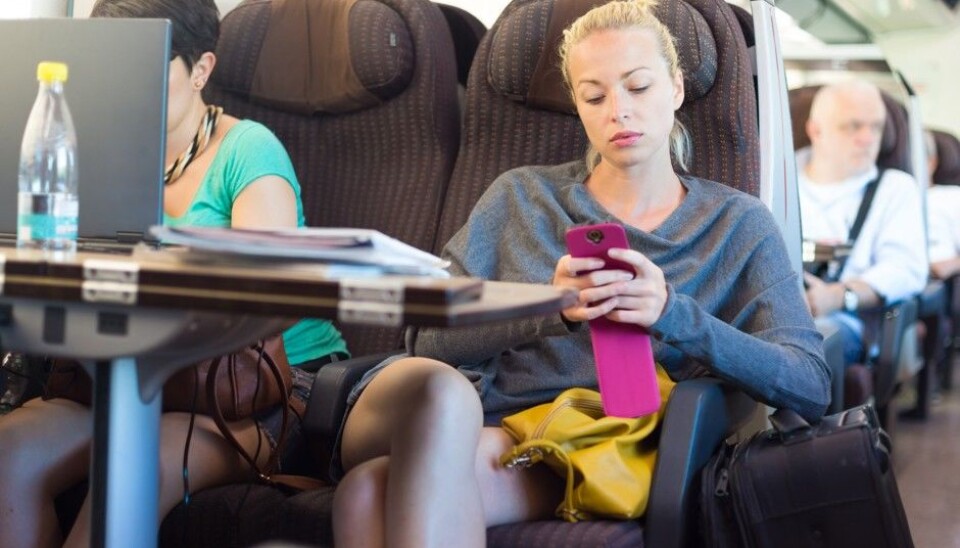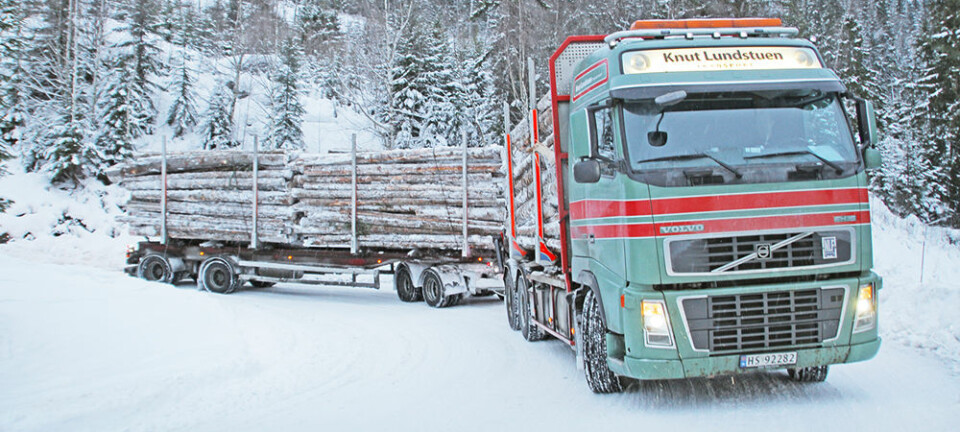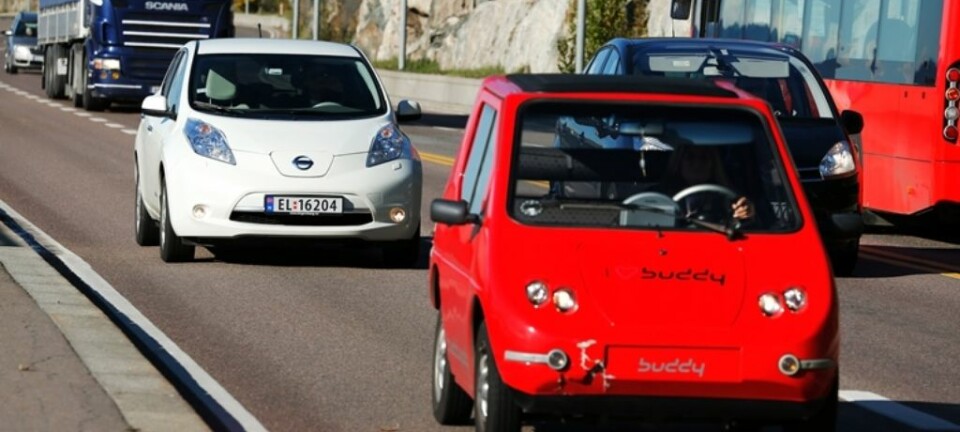
Women are greener in traffic
Swedish researchers think the planet might be less threatened by air pollution from cars if more men followed the example of women.
Most men have to commute further to work than women and their preferred mode of transportation is the automobile. So they put in more kilometres behind the wheel than women. Women still travel more often by public transport even though gender differences have narrowed in the past years.
Women are simply more environmentally friendly than men. This has been shown by Swedish researchers in an analysis of a number of studies.
The researchers also mention a study showing that Norwegian men travel further than women, as they do elsewhere in Europe – a pattern seen for decades.
Less CO2
Some of the studies in the meta-analysis show that women are more positive than men to rush-hour taxes, lower speed limits and more generous allocations to public transport – busses, trams, subways and trains.
The Swedish researchers also calculated how much carbon dioxide emissions would be reduced if Swedish men followed the lead of Swedish women.
Women’s share of CO2 discharges from transportation tallies to 70 percent of those by men. However, this is mainly because on average they have jobs that are closer to home.
More power to women
Still, the researchers suggest that women be given more influence over political decisions about traffic and transportation.
In Scandinavian committees and agencies that make the decisions about environmental measures in road construction and infrastructure, women are under-represented. For instance, seven out of ten employees are men at Norway’s Transnova, a body saddled with responsibility for helping reduce greenhouse gas emissions. The organisation has now been taken over by Enova, which has a wider sweep of responsibilities.
Interviews with employees in such organisations show they have little knowledge about how gender can impact traffic.
Dominance of the automobile
One of the researchers behind the Swedish study says to Lund University’s magazine that society would be affected if women were better represented in such governing and influential bodies.
“We would see more traffic solutions which promote walking, bicycling and use of public transportation,” says Lena Hiselius, who is now writing a scientific article about the findings.
Nevertheless, the Swedish researchers concede that if more women worked with transport solutions there is no guarantee that they would make different choices than men. They write that improving conditions for automobile traffic remains a strong norm in the transport sector.
Reference:
--------------------------------------------
Read the Norwegian version of this article at forskning.no
Translated by: Glenn Ostling









